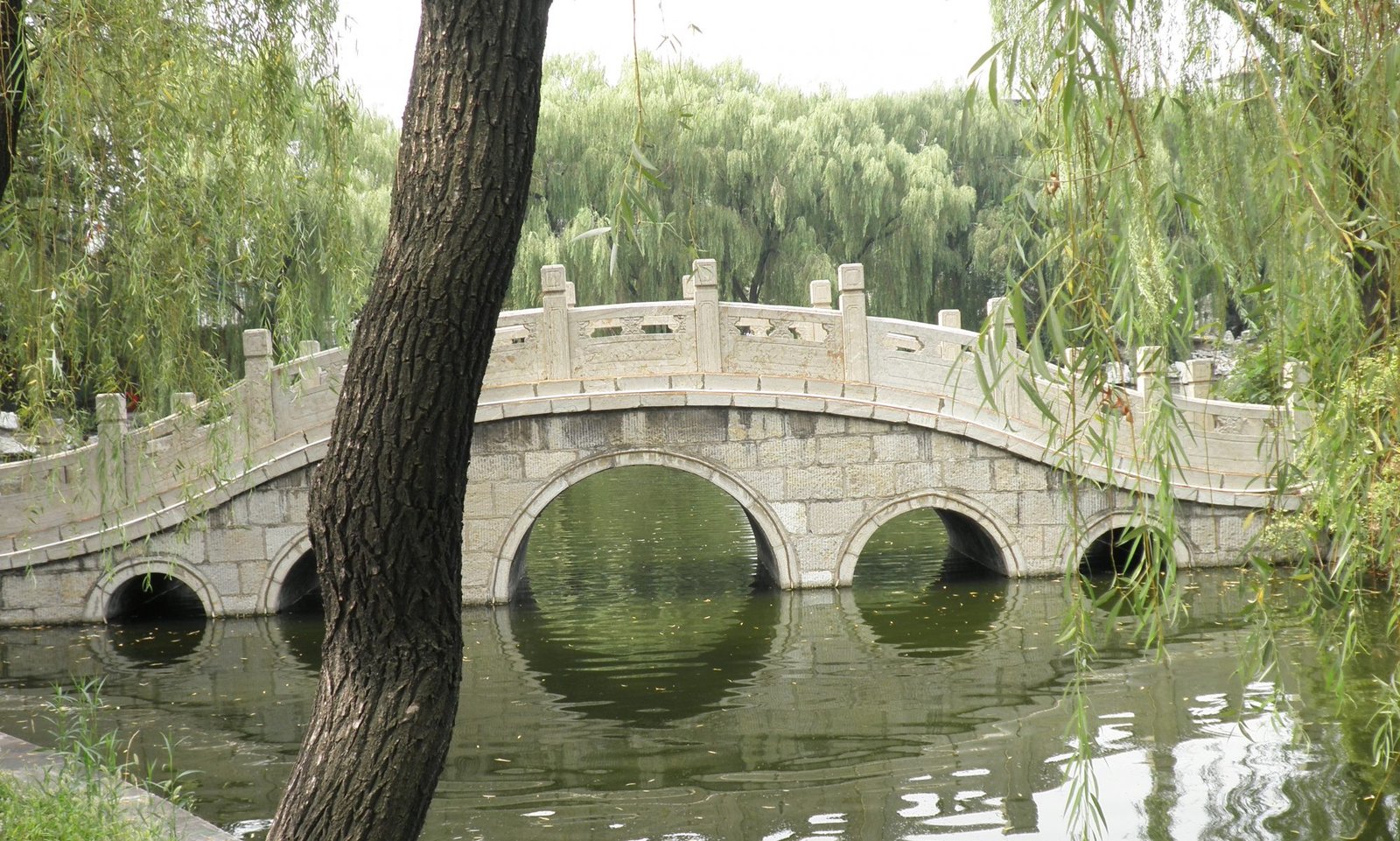BALANCE, HOW TO IMPROVE IT?
Balance. Tai chi improves balance and, according to some studies, reduces falls. Proprioception — the ability to sense the position of one’s body in space — declines with age. Tai chi helps train this sense, which is a function of sensory neurons in the inner ear and stretch receptors in the muscles and ligaments. Tai chi also improves muscle strength and flexibility, which makes it easier to recover from a stumble. Fear of falling can make you more likely to fall; some studies have found that tai chi training helps reduce that fear.
More information about Tai Chi Health on this link Health benefits
How Tai Chi helps to improve balance?
Tai Chi, a philosophy that originated in China several cen-
turies ago, has gained the status of a cultural-historical trea-
sure. Tai Chi Chuan is the martial art aspect of Tai Chi
philosophy. Despite the various interpretations of the history
of Tai Chi,current consensus indicates that the 3 main styles
of Tai Chi Chuan are Chen,Yang, and Wu.Yang’s style is the
most commonly found in the United States, followed by the
Chen style. Since a discussion of Tai Chi as a philosophy and
the principles of Tai Chi Chuan are beyond the scope of this
review,the term Tai Chi will be used throughout this review to
denote any derivatives of the main styles of Tai Chi Chuan.
What are Tai Chi objectives?
The objectives of Tai Chi include harmony of the mind, pro-
motion of health, and attainment of rejuvenation and
longevity.Tai Chi movements can be characterized as slow,
controlled, and continuous weight shifting with various ani-
mal-like postures.However, when Tai Chi is performed with
the intention to fight,the fluid soft forms easily turn into self-
defense or fighting movements.
3 advantages of Tai Chi
There are 3 advantages of Tai Chi as an
exercise program for older adults.Firstly,Tai Chi
can be performed by anyone, regardless of age or gender, as
long as the individual is able to stand. Secondly, there is no
need for special equipment or large space. Finally,the length
of each session is flexible according to the individual’s needs
and tolerance. The paucity of qualified instructors in commu-
nity-based or rehabilitation facilities presents a restriction to
its true practice, because the practice of Tai Chi takes years to
develop.Therefore,Tai Chi is performed in a variety of forms
in fitness centers,health care practices,and research studies.2
Studies of the health benefits of Tai Chi have been accu-
mulating slowly over the last decade. Studies have focused
on the cardiorespiratory system, muscular strength,
flexibility,pain,mood,and balance.
Health care
Various health care practitioners,such as physicians,nurses,and
occupational and physical therapists,have published reports indi-
cating the benefits of incorporating Tai Chi into their practice,
particularly for older adults. It is critical for physical therapists
working with older adults to be able to evaluate the effec-
tiveness of Tai Chi in geriatric physical therapy practice.
Like this:
Like Loading...



